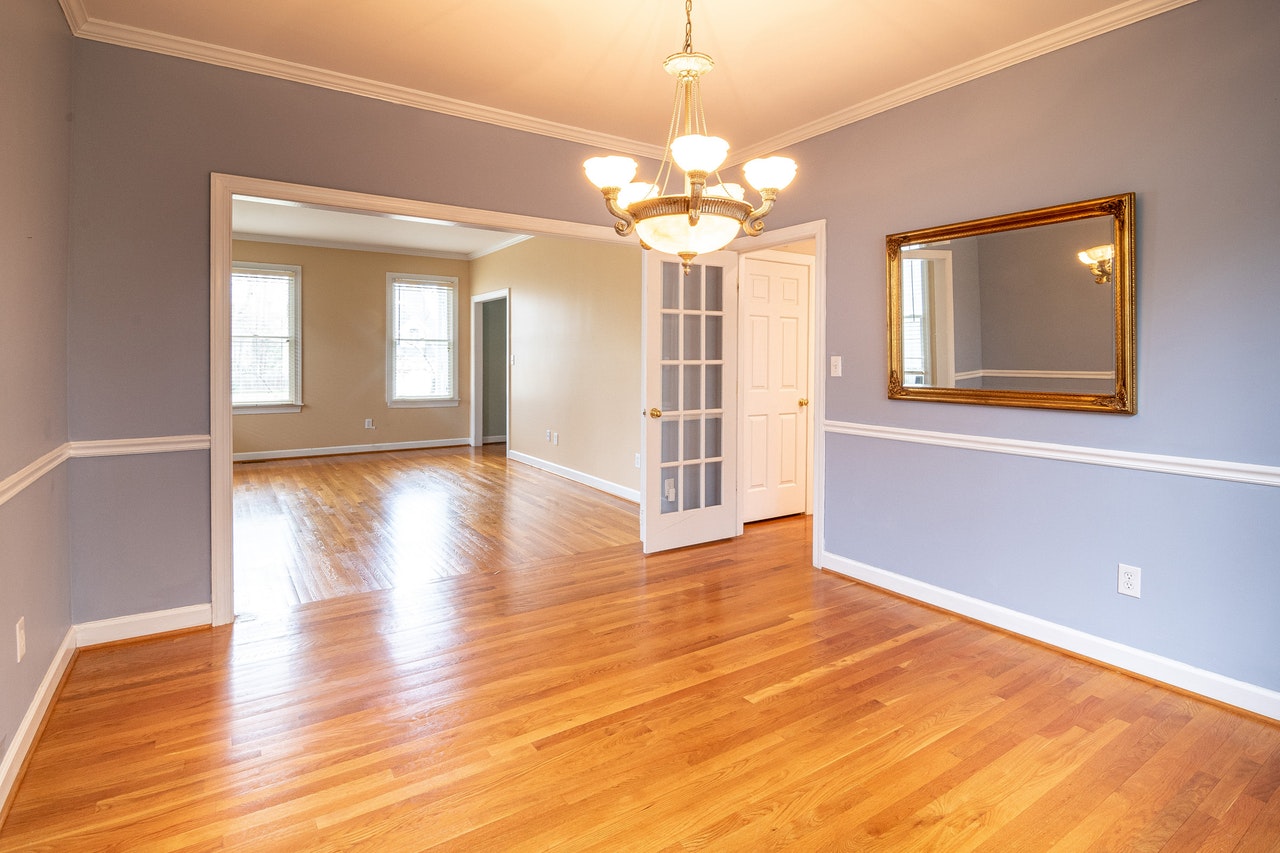There are many reasons for choosing hardwood flooring. Durability, stylishness, ease of maintenance, reduced dust accumulation, added property value and resistance to staining are just a handful of the desirable properties of hardwood floors. But what kind of hardwood flooring should you choose? In an effort to help you make the right decision for your personal circumstances, we’ve put together an article showing how to choose the best hardwood flooring.
Solid Versus Engineered
The first decision you’ll need to make is whether you want to go with solid or engineered hardwood. Solid hardwood floorboards are, like the name suggests, solid planks of hardwood. Engineered hardwood planks, on the other hand, have several layers of laminated plywood sandwiched between two thin layers of natural wood. Because solid hardwood planks are typically three quarters of an inch thick, they can be sanded down and refinished multiple times. Engineered planks, on the other hand, have such a thin layer of natural wood that they can only be sanded down a limited number of times. However, the laminated core of engineered planks make them much more stable and resistant to warping or cupping compared with solid hardwood. This can be important in areas that experience high humidity or are prone to wetness. When it comes to pricing, installation costs can often make solid hardwood much more expensive than engineered.
Hardness
Different types of wood have different hardness ratings. The harder the wood, the more resistant it will be to scratching or denting. But quite often (although not in every case) you’ll pay more for this kind of durability. High traffic areas or those that frequently encounter pets or small children will probably benefit from a harder, scratch resistant floor. Some of the more delicate wood species, such as cherry, black walnut and ash are more sought after due to their appearance, so even though they’re softer, they tend to cost more.
Style
The style of floor you’re after will often be determined by textures, finishes and stains. Textured floors that are hand scraped or brushed are very trendy these days while smooth flooring creates a more uniform look. Finishes such as glossy, satin or matte will change how shiny the floors look with satin being the middle ground. Lighter floors tend to make a room look bigger while hiding dirt and scratches better than dark floors, whereas dark floors are able to lend a classic look to a room. Ultimately the floor style will be a personal choice that could also be affected by cost.

